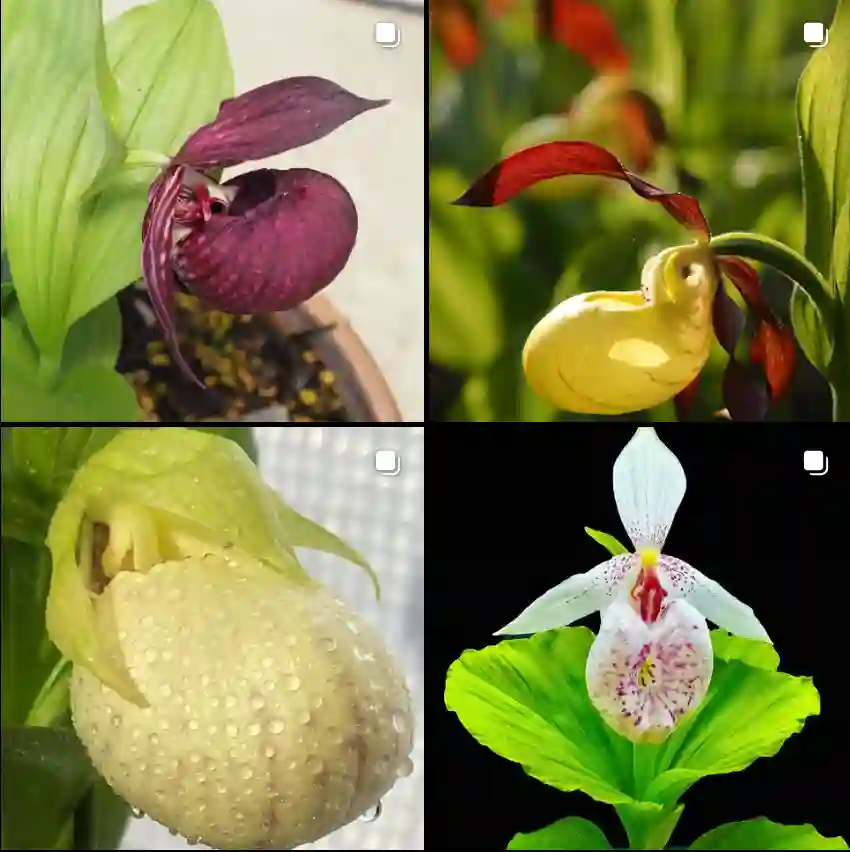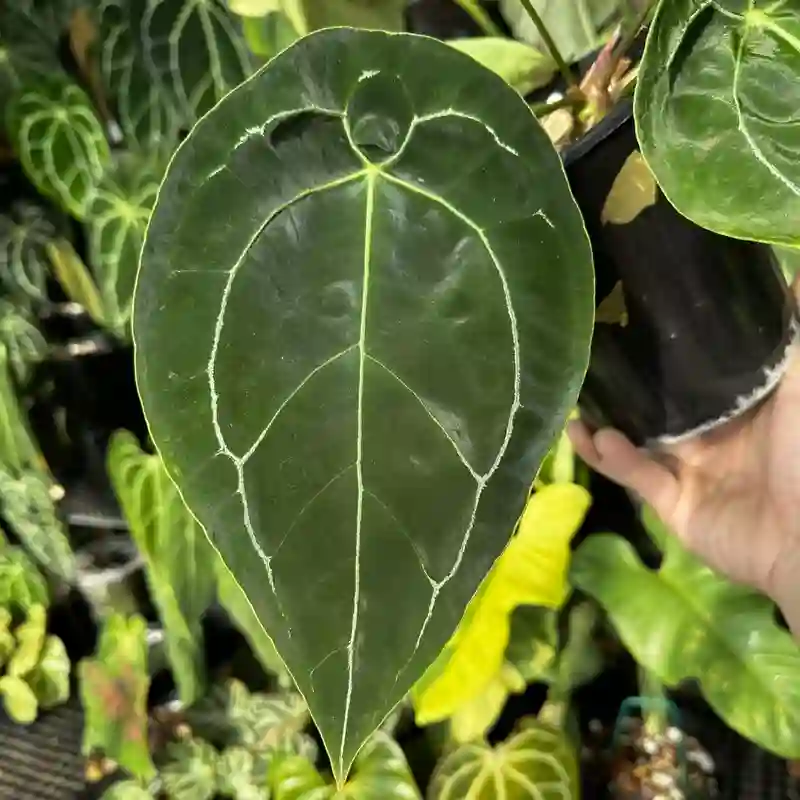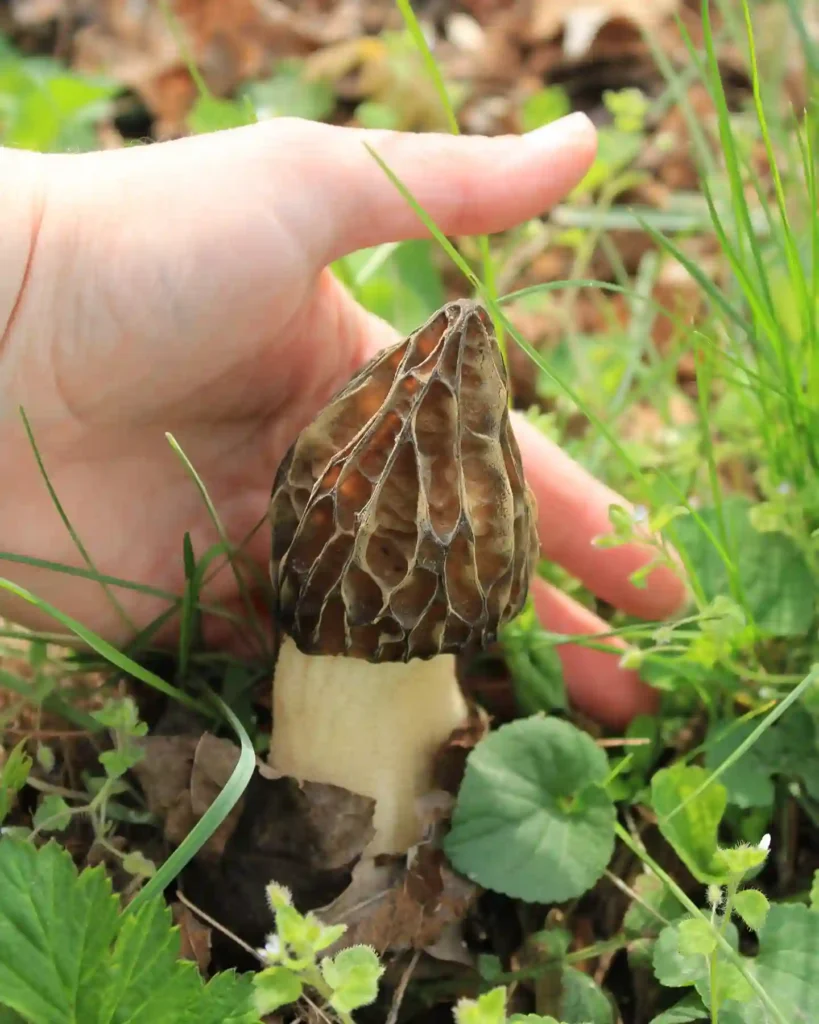Exploring the Viburnaceae Family: A Personal Journey
As a plant enthusiast, I often find myself drawn to various plant families, each offering unique characteristics and beauty. One such family that has captured my attention is the Viburnaceae family, which includes notable genera such as Adoxa, Sambucus, and Viburnum. Each of these genera has its distinct features and ecological significance, making them fascinating to study and cultivate.
A Closer Look at Adoxa
Starting with Adoxa, this genus is often overlooked, but it deserves more appreciation. Adoxa, commonly known as moschatel, consists of small, herbaceous plants that thrive in shady woodland areas. I find these plants particularly interesting due to their unique flowers, which feature a distinctive arrangement.
The flowers typically have five petals, but what makes Adoxa special is that they often appear in a whorled pattern. This unique structure can make them a delightful addition to any shady garden. I once encountered a patch of Adoxa growing in a nearby woodland, and I was captivated by their delicate flowers and the soft, fragrant aroma they emitted.
In terms of care, Adoxa plants prefer moist, well-drained soil and partial to full shade. They are excellent for ground cover, especially in areas where other plants may struggle to grow. The combination of their charming appearance and low maintenance makes them an appealing choice for both novice and experienced gardeners.
The Versatile Sambucus
Next on my exploration is Sambucus, commonly known as elderberry. This genus includes several species, with Sambucus nigra (European elderberry) and Sambucus canadensis (American elderberry) being the most well-known. The elderberry’s versatility is one of the many reasons I admire this plant.
Elderberries are not only beautiful but also serve numerous purposes. The plants produce clusters of small white flowers in spring, which are not only aesthetically pleasing but also attract various pollinators, including bees and butterflies. I remember planting Sambucus in my garden, and the vibrant blooms attracted a myriad of beneficial insects.
As summer approaches, the flowers give way to dark purple berries that are rich in antioxidants and vitamins. These berries can be harvested to make syrups, jams, and even wines. However, it’s essential to note that raw elderberries can be toxic if consumed in large quantities. Cooking them eliminates this risk, which I always make sure to do when creating elderberry products.
From a cultivation perspective, Sambucus plants thrive in a range of soils and prefer full sun to partial shade. They can grow quite large, making them ideal for creating a lush hedge or privacy screen. I have found that regular pruning not only helps maintain their shape but also encourages denser growth.
The Beauty of Viburnum
Finally, I must discuss Viburnum, a diverse genus with over 150 species. Viburnum plants are known for their ornamental beauty, fragrant flowers, and vibrant fruits, which are appealing to birds and other wildlife. One of my favorite species is Viburnum opulus, commonly known as European cranberrybush.
The flowers of Viburnum opulus bloom in large, showy clusters, creating a stunning display in the spring. I remember planting this species in my garden, and it quickly became a focal point, attracting not just my attention but also that of various birds and butterflies.
In the fall, the leaves turn vibrant shades of red and orange, providing a stunning backdrop. The bright red berries that follow are not only beautiful but also a food source for birds during the winter months. I often enjoy watching them flock to the Viburnum in my garden, making it a lively and vibrant space year-round.
Viburnum plants are relatively easy to grow and adapt well to various soil types. They prefer full sun but can tolerate partial shade. I’ve learned that regular pruning helps maintain their shape and encourages more blooms, enhancing their beauty and overall health.
Conclusion: The Allure of the Viburnaceae Family
Exploring the Viburnaceae family has deepened my appreciation for these unique genera. Adoxa offers delicate beauty for shady spots, Sambucus provides versatility and wildlife benefits, while Viburnum adds ornamental splendor to any garden. Each genus has its own charm and significance, making them valuable additions to both personal and public gardens.
As I continue to cultivate and learn about these plants, I find that they not only enrich my garden but also provide a deeper connection to nature. Whether you are a seasoned gardener or just starting, I encourage you to explore the world of Viburnaceae. You may just find your next favorite plant among them.
If i die, water my plants!



